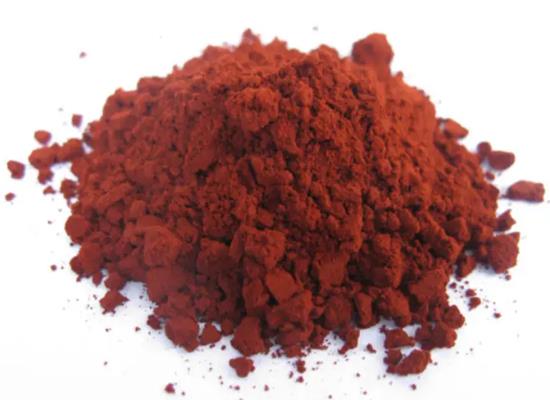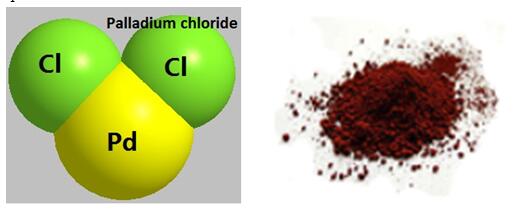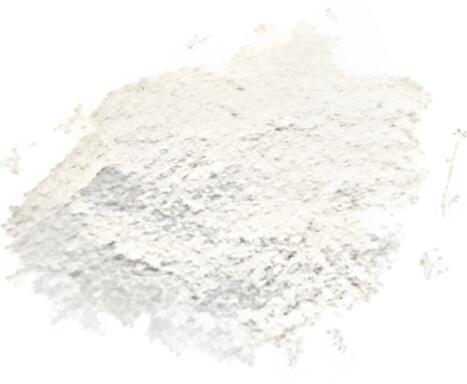Palladium Chloride: Applications as Elastin Stain and Toxicity
General Description
Palladium chloride is a versatile inorganic compound used as a catalyst in specialized reactions, preparation of molecular sieves, and as a surface activator for non-conductive material coatings. Palladium chloride is also employed as a stain for elastin at the ultrastructural level, providing high contrast sections for precise identification. However, its toxicity poses significant risks to human health and the environment, with skin sensitization, developmental risks, carcinogenic potential, and harmful effects on aquatic organisms. Stringent safety measures of Palladium chloride are necessary in handling and disposal to mitigate adverse impacts.

Figure 1. Palladium Chloride
Overview
Palladium chloride, with the chemical formula PdCl2, is an inorganic compound that belongs to the class of precious metal salts. Palladium chloride exhibits a brown-red crystalline appearance and is highly versatile in its applications. Primarily used as a catalyst in specialized reactions, it finds its way into the preparation of molecular sieves and specialized catalysts. Additionally, Palladium chloride serves as a surface activator for non-conductive material coatings and is a crucial component in the manufacturing of gas-sensitive elements. Its stability and solubility properties in certain solvents make it a valuable asset in analytical chemistry and industrial processes. 1
Applications as Elastin Stain
Palladium chloride is employed as a stain for elastin at the ultrastructural level, offering distinct advantages in visualizing elastic fibers in thin tissue sections embedded in Epon. This staining method, when combined with a lead citrate counterstain, yields high contrast sections with elastic fibers appearing gray to black, facilitating precise identification and analysis. The efficacy of palladium chloride staining has been demonstrated across various tissues from both newborn and adult mammals, as well as in tissues from lower animals. The procedure involves mounting sections on stainless steel grids, staining with a 1% palladium chloride solution for 5 to 15 minutes, thorough rinsing, and subsequent counterstaining with lead citrate for 7 minutes. Key to its utility is the stability of the palladium chloride staining solution, which remains viable for several months at room temperature. Contamination concerns are mitigated by filtering the stain before application. Chemical investigations have revealed that palladium binds directly to purified bovine ligamentum nuchae elastin, with this binding unaffected by glutaraldehyde fixation or sodium borohydride reduction of elastin. However, osmium post-fixation of glutaraldehyde-fixed elastin has been shown to decrease the amount of palladium bound. Importantly, palladium is chemically bound to specific sites on the elastin rather than weakly associated, underscoring the reliability and specificity of this staining method for elastin visualization at the ultrastructural level. The precise nature of these binding sites warrants further discussion and investigation. 2
Toxicity
Palladium chloride, a rust-colored powder soluble in various solvents including water, hydrochloric acid, alcohol, and acetone, finds extensive use in several industrial applications such as plating baths, photography, electroplating parts, and detecting carbon monoxide leaks in gas pipes. Available in purity grades ranging from 99% to 99.999%, its toxicity poses significant risks to human health and the environment. Human exposure studies have shown positive skin reactions to palladium chloride patches, indicating its potential as a skin sensitizer. In animal studies, poor absorption from the digestive tract in rats contrasts with higher absorption rates via intratracheal or intravenous exposure. Transfer to offspring via placenta and milk has been observed, underscoring its potential developmental risks. Further findings indicate varied toxic effects. In mice, prolonged exposure via drinking water led to suppressed body weight, increased amyloidosis, and doubled malignant tumors. Eye irritation and erythema in intact and abraded skin have been noted in rabbits, highlighting its irritant properties. Reduced testicle weight in mice and the development of lymphomas, leukemias, and adenocarcinoma in the lung upon prolonged exposure underscore its carcinogenic potential. Environmental toxicity studies reveal its harmful effects on aquatic organisms such as freshwater worms, fish, and grasses, indicating broader ecological implications. In vitro studies demonstrate its inhibition of DNA/RNA biosynthesis, implicating its genotoxic potential. Overall, palladium chloride's toxicity underscores the need for stringent safety measures in its handling and disposal to mitigate adverse health and environmental impacts. 1
Reference
1. Palladium(II) chloride. National Center for Biotechnology Information. 2024; PubChem Compound Summary for CID 24290.
2. Morris SM, Stone PJ, Rosenkrans WA, Calore JD, Albright JT, Franzeblau C. Palladium chloride as a stain for elastin at the ultrastructural level. J Histochem Cytochem. 1978; 26(8): 635-644.
Related articles And Qustion
Lastest Price from Palladium chloride manufacturers

US $2500.00/g2025-04-29
- CAS:
- 7647-10-1
- Min. Order:
- 1g
- Purity:
- 98
- Supply Ability:
- 500 Kg

US $0.00/kg2025-04-25
- CAS:
- 7647-10-1
- Min. Order:
- 1kg
- Purity:
- 0.99
- Supply Ability:
- 1000kg



